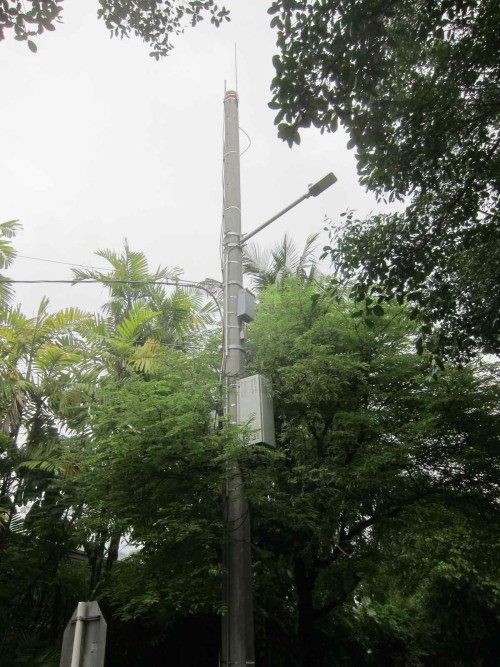Globe Telecom expressed its support to the bills, particularly those that refer to adoption of nationwide mobile number portability and streamlining of permitting process for cell sites to improve efficiency of telecommuting, introduced by Sen. Sherwin Gatchalian to institute reforms to the local telecommunications industry.
Gatchalian, who chairs the Senate committee on economic affairs, has authored several proposed measures directly affecting the telecommunications industry that will fast track the roll out of telecom services in the country, improve speed and service of the internet, and lower the cost for the consumers.
“We have always taken the position that government support is indispensable in enhancing the country’s ICT capacities, which is vital in growing the economy. We hope that any move to reform the telco industry should include formulation of policies that would fast track the development of the ICT industry as a whole to further boost economic development,” Globe General Counsel Atty. Froilan Castelo said.
He pointed out that GSMA reported in October 2016 that the mobile ecosystem in Asia Pacific, consisting of network operators, infrastructure service providers, retailers and distributors of mobile products and services, handset manufacturers and mobile content, application and service providers, makes a significant contribution to their respective economies in terms of economic growth, job creation and public funding. According to GSMA, the total value added generated by the mobile ecosystem was around $440 billion (or 1.8% of GDP), with network operators accounting for well over half of this total.
In addition, the use of mobile technology also drives improvements in productivity and efficiency for workers and firms. GSMA estimates that productivity impacts were worth around $737 billion in 2015 (or 3% of GDP). “Overall, taking into account the direct, indirect and productivity impacts, in 2015 the mobile industry made a total contribution of $1.3 trillion to the Asia-Pacific economies in value added terms, equivalent to 5.4% of the region’s total GDP,” GSMA added.
Castelo emphasized the need to accelerate development of ICT infrastructure to improve business competencies and capacities as well as enhance delivery of essential government services in communities where even basic infrastructure such as roads and bridges are lacking for a more inclusive economic growth.
Despite heavy investments in recent years, establishment of telco infrastructure in remote areas in the country continues to be a challenge, hindered by business viability concerns that has kept telco operators from aggressively deploying infrastructure in rural and far-flung areas. To address such challenges, Globe has proposed that the government itself should help develop the ICT sector by investing in internet infrastructure in outlying communities, stressing that internet access creates significant impact on the development of marginal areas as this allows the community to conduct businesses, get information on education, health and other government services.
In addition to investments in “missionary routes”, telecommunication operators also need government support in minimizing, if not eliminating bureaucracy in relation to the permitting process for cell sites and right-of-way for fiber deployment, said Castelo, pointing out that the company needs to secure around 25 permits, spanning at least 8 months to complete, to build a single cell site. He emphasized that given public clamor for better internet speeds and access, rationalization of the permitting process for telco infrastructure should be addressed as soon as possible.
Globe needs to continuously build cell sites especially in relation to the deployment of the previously warehoused 700 MHz spectrum, which is seen not only to deliver additional capacity but also enhanced indoor coverage. The company, however, is able to deploy only around 450 cell sites a year even as it targets to build roughly around a thousand towers annually due to permitting challenges.















































































































